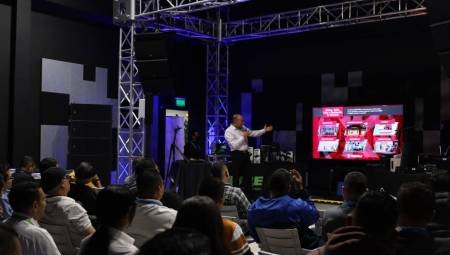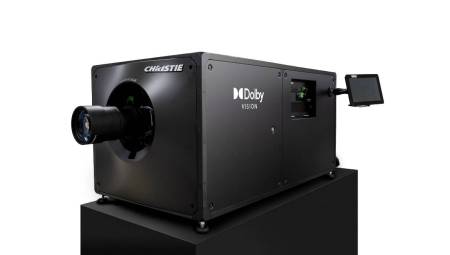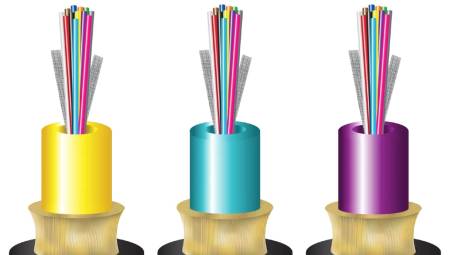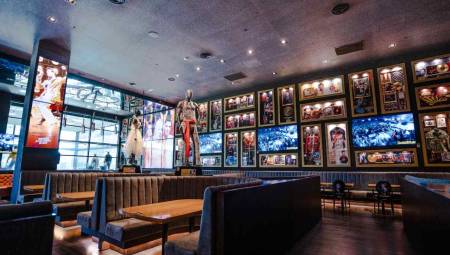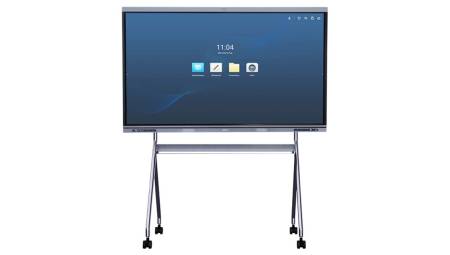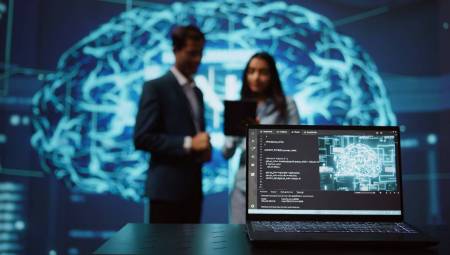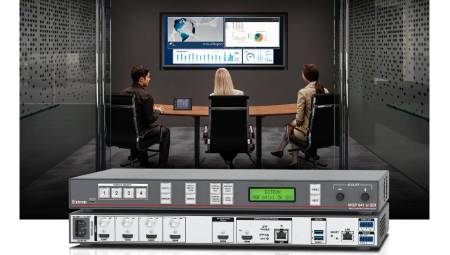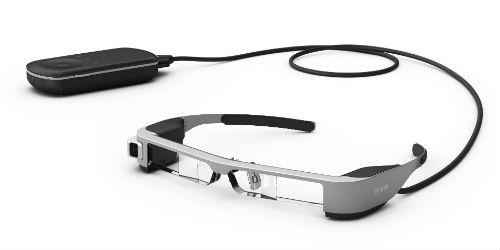 Latin America. Epson introduced the third generation of Moverio smart glasses for augmented reality, the Moverio BT-300. The Moverio BT-300 model includes Epson's advanced original Oled digital display technology, making the device the lightest transparent binocular smart glasses on the market and setting a new standard for augmented reality smart glasses. The Moverio BT-300 glasses are about 20% lighter than the previous model, the BT-200 glasses.
Latin America. Epson introduced the third generation of Moverio smart glasses for augmented reality, the Moverio BT-300. The Moverio BT-300 model includes Epson's advanced original Oled digital display technology, making the device the lightest transparent binocular smart glasses on the market and setting a new standard for augmented reality smart glasses. The Moverio BT-300 glasses are about 20% lighter than the previous model, the BT-200 glasses.
Designed with the quad-core Intel Atom processor and Android 5.1 operating system, the BT-300 has significantly increased its ability to process heavy 3D content and achieve a battery life of up to six hours. Visualizing and making sense of the user's environment through a 5-megapixel HD front camera and other sensors, smart glasses deliver content based on what is displayed. As in the previous models and taking into account the privacy rules, the device has an LED indicator that activates when the camera is recording.
Epson's focus on a wide variety of commercial uses and other applications sets the Moverio line apart from other smart glasses on the market. Developed based on its function, the line has become popular with enterprise customers and independent software vendors. The Moverio BT-300 consolidates Epson's commitment to smart binocular glasses by offering real transparent optical layers and superior performance, essential features for professional use and necessary to achieve new opportunities for consumer applications.
Atsunari Tsuda, general manager of the Moverio line commented, "Moverio is different from the other smart glasses on the market in which more importance has been given to form than function, harming the usefulness of the product. Every design decision is made based on the main product usage situations, and our Si-OLED technology opens up a new world for us in the development of transparent binocular smart glasses. With OLED we can take advantage of the decrease in energy use and weight, as well as improve response times and offer higher HD resolution, brightness and contrast. By selecting silicon instead of glass for our motherboard, we have achieved a display with higher pixel density."






